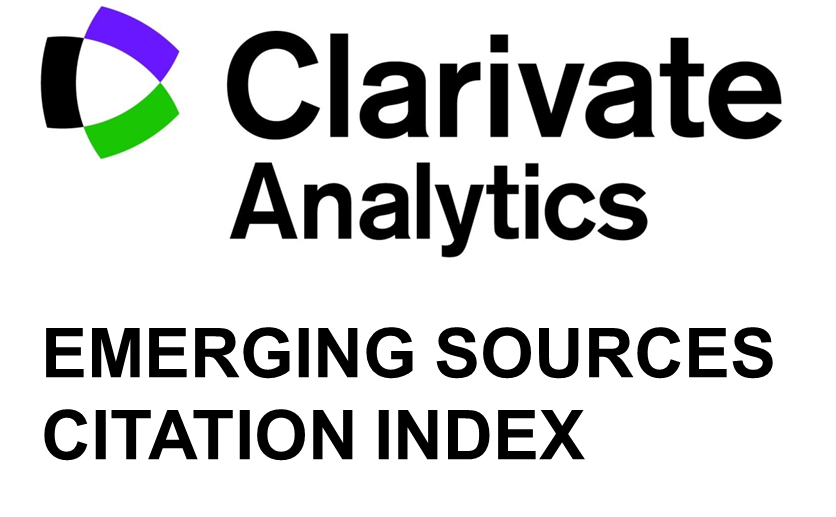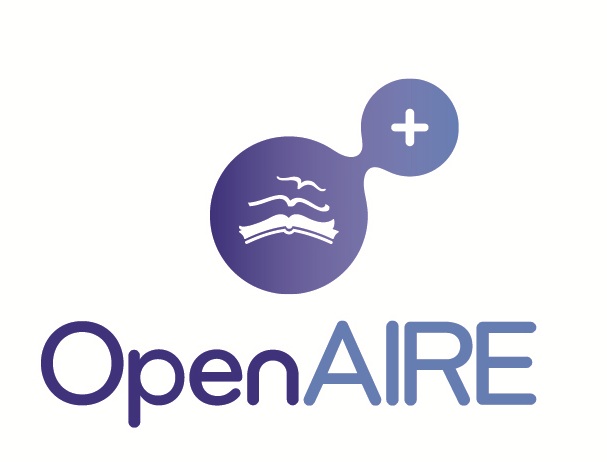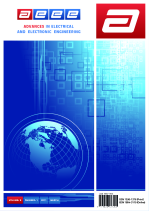Germania and Alumina Dopant Diffusion and Viscous Flow Effects at Preparation of Doped Optical Fibers
Jens Kobelke, Kay Schuster, Jorg Bierlich, Sonja Unger, Anka Schwuchow, Tino Elsmann, Jan Dellith, Claudia Aichele, Ron Fatobene Ando, Hartmut Bartelt
DOI: 10.15598/aeee.v15i1.2009
Abstract
We report on germania and alumina dopant profile shift effects at preparation of compact optical fibers using packaging methods (Stack-and-Draw method, Rod-in-Tube (RiT) technique). The sintering of package hollow volume by viscous flow results in a shift of the core-pitch ratio in all-solid microstructured fibers. The ratio is increased by about 5% in the case of a hexagonal package. The shift by diffusion effects of both dopants is simulated for typical slow speed drawing parameters. Thermodynamic approximations of surface dissociation of germania doped silica suggest the need of an adequate undoped silica barrier layer to prevent an undesired bubble formation at fiber drawing. In contrast, alumina doping does not estimate critical dissociation effects with vaporous aluminium oxide components. We report guide values of diffusion length of germania and alumina for the drawing process by kinetic approximation. The germania diffusion involves a small core enlargement, typically in the sub-micrometer scale. Though, the alumina diffusion enlarges it by a few micrometers. A drawn pure alumina preform core rod transforms to an amorphous aluminosilicate core with a molar alumina concentration of only about 50% and a non-gaussian concentration profile.






















